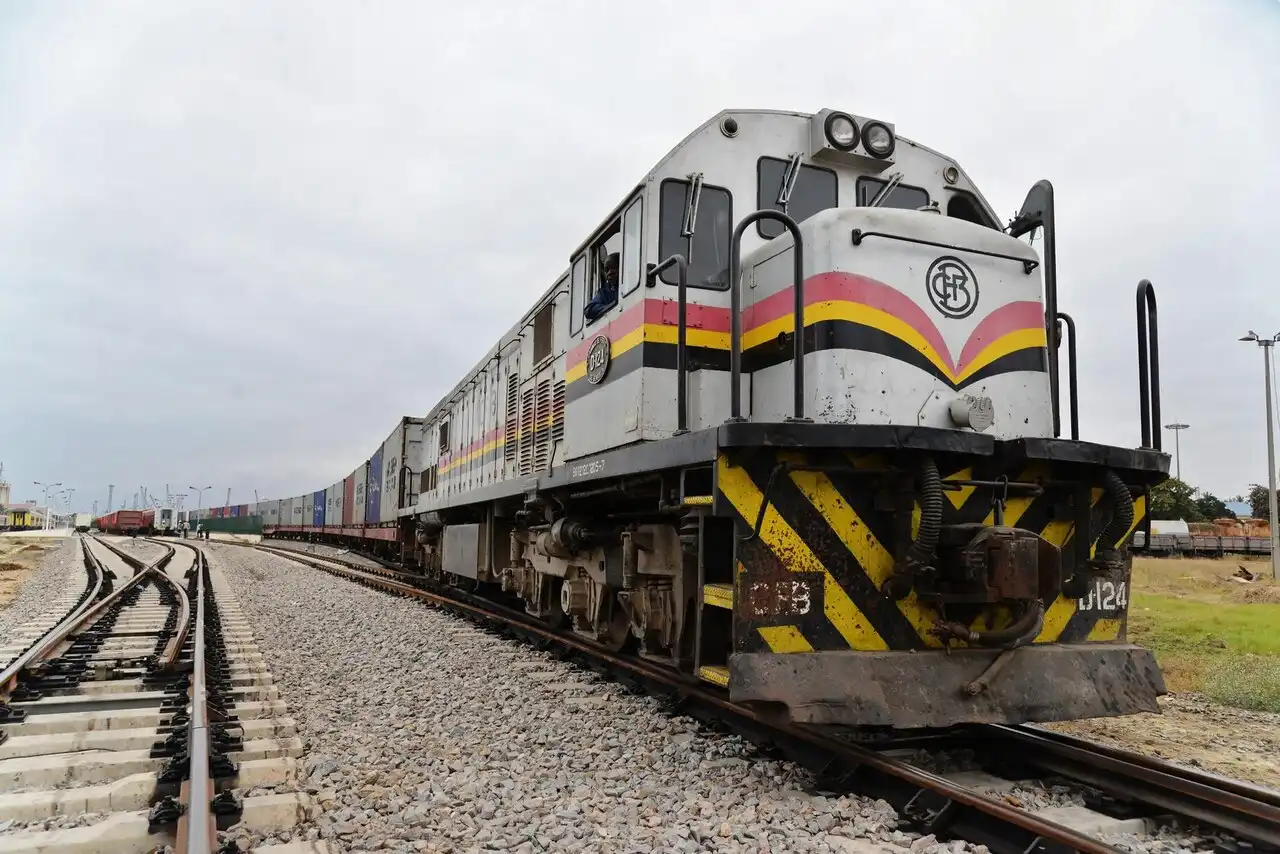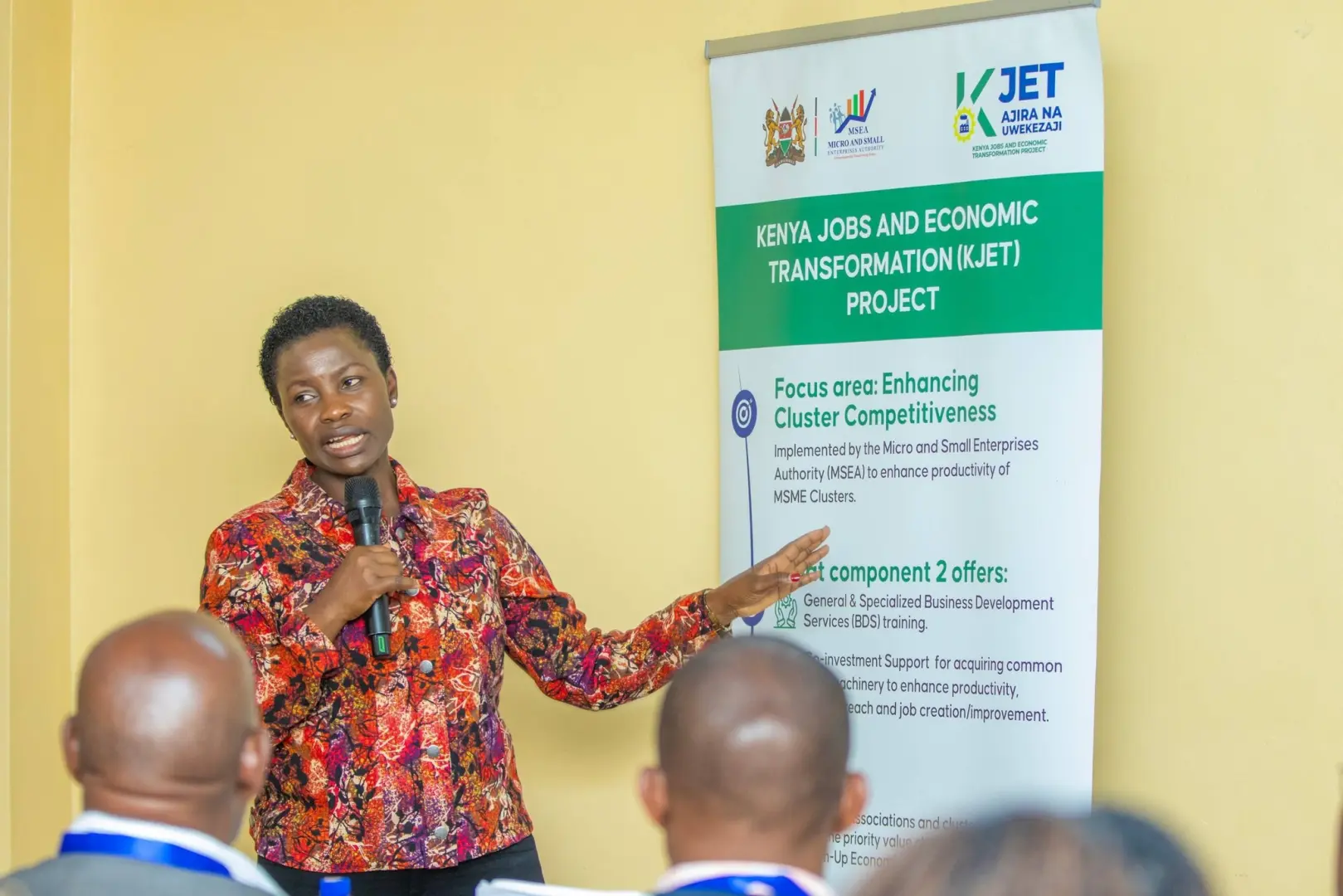Japan’s Nippon Steel Corporation is embarking on an ambitious $11 billion investment program designed to dramatically transform U.S. Steel’s operations through advanced technology transfer and massive capacity expansion, marking one of the most significant foreign industrial investments in American steel manufacturing in decades.
The investment initiative, which will run through 2028, represents a comprehensive overhaul strategy aimed at lifting U.S. Steel’s annual profit contribution to 250 billion yen ($1.70 billion) as early as fiscal 2028—more than doubling the expected 150 billion yen contribution in 2026 and representing a dramatic leap from the projected 80 billion yen contribution for the current year.
Build the future you deserve. Get started with our top-tier Online courses: ACCA, HESI A2, ATI TEAS 7, HESI EXIT, NCLEX-RN, NCLEX-PN, and Financial Literacy. Let Serrari Ed guide your path to success. Enroll today.
Historic Deal Finally Closes After Political Turbulence
The landmark acquisition culminated an 18-month journey marked by intense political scrutiny that saw the deal initially blocked by former President Biden before ultimately receiving approval under President Trump’s administration through an unprecedented “golden share” arrangement. The $14.9 billion acquisition closed on June 18, 2025, with Nippon Steel purchasing 100% of U.S. Steel shares at $55 per share, making it one of the largest foreign acquisitions in American industrial history.
The deal’s approval required Nippon Steel to agree to extraordinary concessions, including a national security agreement that grants the U.S. president veto power over key decisions such as changing U.S. Steel’s name, moving headquarters from Pittsburgh, relocating production outside the U.S., and making material acquisitions of competing U.S. businesses. This “golden share” mechanism represents an unusual level of government oversight in private industry operations.
Massive Infrastructure Investments Target Key Facilities
The centerpiece of Nippon Steel’s investment strategy focuses on major upgrades to U.S. Steel’s most critical manufacturing assets. Plans include a new hot-rolling mill at U.S. Steel’s Mon Valley Works in Pennsylvania, complete refurbishment of the No. 14 blast furnace at Gary Works in Indiana, and installation of new electromagnetic steel sheet lines along with other capacity expansions.
“We are looking to build a new mill from the greenfield,” explained Nippon Steel Vice Chairman Takahiro Mori, who led the acquisition negotiations and now serves as Chairman of U.S. Steel. The company is considering options including 3 million metric-ton electric arc furnaces, similar to the successful Big River 2 plant in Arkansas.
These investments will have transformative impact on U.S. Steel’s production capabilities. The investment program will raise U.S. Steel’s domestic crude steel capacity to approximately 20 million tons from the current 17 million tons, significantly strengthening America’s domestic steel manufacturing base.
Technology Transfer: The Strategic Advantage
Beyond raw capital investment, Nippon Steel brings cutting-edge technology that could revolutionize U.S. steel production. The deal provides U.S. Steel direct access to Nippon Steel’s substantial R&D efforts, representing approximately $500 million in annual spending, along with the company’s global expertise and world-leading blast furnace know-how.
Particularly significant is Nippon Steel’s COURSE50 technology, which has already proven capable of reducing carbon emissions by 33% in test blast furnace operations. This technology transfer addresses growing environmental pressures on the steel industry while potentially providing U.S. Steel with a competitive advantage in an increasingly carbon-conscious market.
The timing of this technology integration comes at a critical moment for the global steel industry. According to the OECD Steel Outlook 2025, the global steel industry faces persistent challenges including planned capacity expansions that risk deepening global excess capacity amid sluggish demand growth.
Ready to level up your career? Join our expert-led Online courses in ACCA, HESI A2, ATI TEAS 7, HESI EXIT, NCLEX-RN, NCLEX-PN, and Financial Literacy. At Serrari Ed, we turn potential into achievement. Start your journey today!
Global Steel Market Context and Competitive Positioning
The Nippon Steel-U.S. Steel partnership emerges against a backdrop of intense global competition and market challenges. The global steel market, valued at $1.47 trillion in 2024, is projected to reach $1.92 trillion by 2030, growing at a CAGR of 4.6%, driven primarily by infrastructure investments and construction demand.
However, the industry faces significant headwinds. China produces over 1 billion tons of steel annually, accounting for more than half of global steel output, with the country producing 108% of its domestic steel needs—meaning its 8% overcapacity is equivalent to all of America’s total production. Thanks to generous subsidies from Beijing, Chinese steel sells for 40% less than American steel, creating enormous competitive pressure on Western manufacturers.
The acquisition positions Nippon Steel as the world’s fourth-largest steel company, with the combined entity reaching 86 million tonnes of annual crude steel production capacity, bringing it closer to Nippon Steel’s strategic goal of 100 million tonnes of global capacity.
Financial Structure and Investment Timeline
The financial architecture of this massive investment program reflects careful strategic planning. U.S. Steel will initially fund the $11 billion investment, with Nippon Steel prepared to step in if additional resources prove necessary, demonstrating the Japanese company’s commitment to the project’s success.
Nippon Steel has already arranged financing through a 500 billion yen subordinated loan to partially repay a 2 trillion yen bridging loan that funded the original acquisition. The company maintains flexibility with additional financing options, including hybrid financing arrangements and potential convertible and corporate bonds.
Mori emphasized the company’s strategic approach to financing: “We’ll assess the optimal timing, interest rates, and whether yen or dollar denominations are preferable to pursue the best financing strategy.” However, he noted that equity financing would be limited to avoid shareholder dilution.
Operational Challenges and Near-Term Outlook
The integration won’t be without challenges. U.S. Steel is currently assessing the impact of an August explosion at its Clairton plant in Pennsylvania, which could modestly lower the expected 80 billion yen profit contribution to Nippon Steel for the current year.
Despite near-term operational hurdles, Nippon Steel executives remain optimistic about long-term prospects. “Real effects from the investment will appear after 2028,” Mori stated, adding that profitability could even exceed the targeted 250 billion yen annually.
U.S. Steel’s recent financial performance has shown resilience despite market challenges, with the company expecting to generate positive free cash flow in 2025 as volume and capability growth in its Mini Mill segment complements operational strength.
Strategic Implications for American Manufacturing
The Nippon Steel investment represents more than just capital injection—it symbolizes a strategic partnership that could reshape American steel manufacturing. The deal allows Nippon Steel to capitalize on American infrastructure projects while foreign competitors face steel tariffs of 50%, providing significant competitive advantages.
The investment comes at a time when demand for steel is expected to continue growing in 2025 and beyond, supported by massive investments in infrastructure and the continued recovery of global manufacturing, with increasing electrification of vehicles and expansion of renewable energy projects driving demand for high-strength and specialty steel products.
Industry Evolution and Future Outlook
The steel industry is undergoing fundamental transformation driven by sustainability imperatives and technological advancement. Major players are building momentum in decarbonization through increased capital investments in green hydrogen-based production and electric arc furnace technologies to reduce emissions.
According to industry analysis, the global crude steel market is expected to reach 2.23 billion tons in 2025 and grow at a CAGR of 4.84% to reach 2.83 billion tons by 2030, with Asia-Pacific continuing to dominate global production.
Labor Relations and Community Impact
The acquisition’s success will largely depend on effective integration with existing workforce and community stakeholders. Despite initial opposition from the United Steelworkers union, which preferred domestic ownership, the deal includes commitments to honor all active collective bargaining agreements and maintain employment levels.
Under the national security agreement, a majority of U.S. Steel’s board members and its CEO will be U.S. citizens, addressing concerns about foreign control while maintaining American operational leadership.
Looking Ahead: A New Era for American Steel
As the largest foreign industrial investment in American steel in decades, the Nippon Steel-U.S. Steel partnership could serve as a model for future cross-border industrial collaboration. A detailed investment plan will be announced later this year as part of Nippon Steel’s new medium-term business strategy, providing additional clarity on the program’s implementation timeline.
The success of this ambitious investment program will be closely watched by industry observers, policymakers, and competitors alike. If successful, it could demonstrate that strategic foreign partnerships, properly structured with appropriate safeguards, can revitalize American manufacturing while maintaining national security and economic interests.
The transformation of U.S. Steel through Japanese technology and capital represents a significant bet on the future of American manufacturing—one that could reshape the competitive landscape of global steel production for decades to come.
Ready to take your career to the next level? Join our Online courses: ACCA, HESI A2, ATI TEAS 7 , HESI EXIT , NCLEX – RN and NCLEX – PN, Financial Literacy!🌟 Dive into a world of opportunities and empower yourself for success. Explore more at Serrari Ed and start your exciting journey today! ✨
Track GDP, Inflation and Central Bank rates for top African markets with Serrari’s comparator tool.
See today’s Treasury bonds and Money market funds movement across financial service providers in Kenya, using Serrari’s comparator tools.
Photo source: Google
By: Montel Kamau
Serrari Financial Analyst
29th August, 2025
Article, Financial and News Disclaimer
The Value of a Financial Advisor
While this article offers valuable insights, it is essential to recognize that personal finance can be highly complex and unique to each individual. A financial advisor provides professional expertise and personalized guidance to help you make well-informed decisions tailored to your specific circumstances and goals.
Beyond offering knowledge, a financial advisor serves as a trusted partner to help you stay disciplined, avoid common pitfalls, and remain focused on your long-term objectives. Their perspective and experience can complement your own efforts, enhancing your financial well-being and ensuring a more confident approach to managing your finances.
Disclaimer: This article is for informational purposes only and does not constitute financial advice. Readers are encouraged to consult a licensed financial advisor to obtain guidance specific to their financial situation.
Article and News Disclaimer
The information provided on www.serrarigroup.com is for general informational purposes only. While we strive to keep the information up to date and accurate, we make no representations or warranties of any kind, express or implied, about the completeness, accuracy, reliability, suitability, or availability with respect to the website or the information, products, services, or related graphics contained on the website for any purpose. Any reliance you place on such information is therefore strictly at your own risk.
www.serrarigroup.com is not responsible for any errors or omissions, or for the results obtained from the use of this information. All information on the website is provided on an as-is basis, with no guarantee of completeness, accuracy, timeliness, or of the results obtained from the use of this information, and without warranty of any kind, express or implied, including but not limited to warranties of performance, merchantability, and fitness for a particular purpose.
In no event will www.serrarigroup.com be liable to you or anyone else for any decision made or action taken in reliance on the information provided on the website or for any consequential, special, or similar damages, even if advised of the possibility of such damages.
The articles, news, and information presented on www.serrarigroup.com reflect the opinions of the respective authors and contributors and do not necessarily represent the views of the website or its management. Any views or opinions expressed are solely those of the individual authors and do not represent the website's views or opinions as a whole.
The content on www.serrarigroup.com may include links to external websites, which are provided for convenience and informational purposes only. We have no control over the nature, content, and availability of those sites. The inclusion of any links does not necessarily imply a recommendation or endorsement of the views expressed within them.
Every effort is made to keep the website up and running smoothly. However, www.serrarigroup.com takes no responsibility for, and will not be liable for, the website being temporarily unavailable due to technical issues beyond our control.
Please note that laws, regulations, and information can change rapidly, and we advise you to conduct further research and seek professional advice when necessary.
By using www.serrarigroup.com, you agree to this disclaimer and its terms. If you do not agree with this disclaimer, please do not use the website.
www.serrarigroup.com, reserves the right to update, modify, or remove any part of this disclaimer without prior notice. It is your responsibility to review this disclaimer periodically for changes.
Serrari Group 2025
















